Idea by
José Pedro Fernandes
Call for ideas 2021
The Architects of the "Poveiro Sea"
The Architects of the "Poveiro Sea"
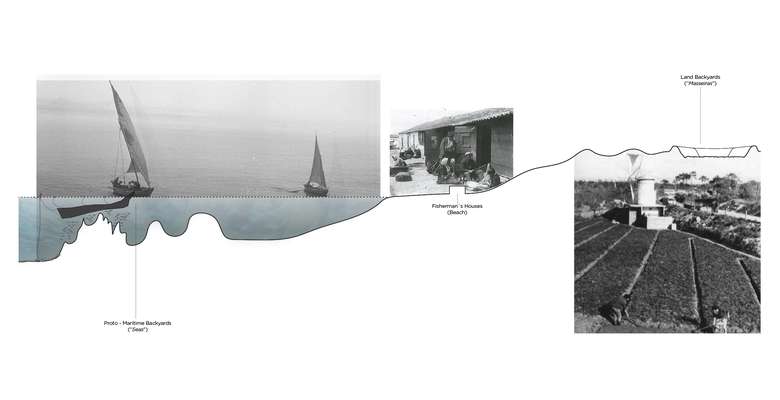
- Site-specific cases
In Portugal, the fishing community of Póvoa de Varzim developed and adapted over several generations the "seas" (proto-maritime backyards), a method for organizing the territory where they fish, becoming genuine architects of the sea. And from the sea until the land, the empirical knowledge of these architects and their particularities (geology, biology, oceanography, or climate) can teach us more about the effects of climate change on the submerged landscapes, producing new cartographies and ideas.
With this proposal, the architecture of the future may have another role and impact of their instruments becoming the basis for understanding, representing and design the countless relationships and transformations that can occur between a socio-economic activity, a territory and all the elements (particularities) that create this and other built environments. Where the sea increasingly becomes the stage (landscape) for almost all the climate changes that occur on our single planet.
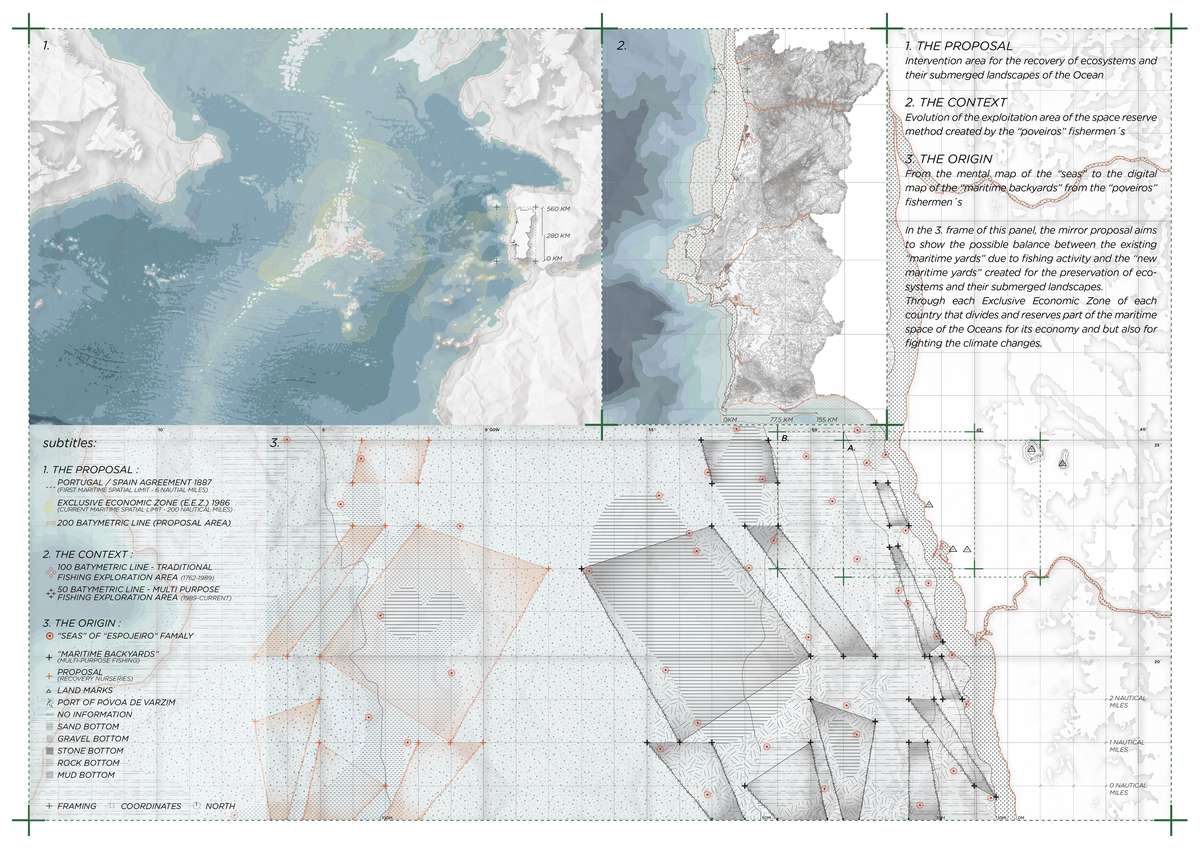
Scales and phases of the proposal to combat the climate change by crossing practical and theoretical information from a set of multidisciplinary sources (geology, biology, oceanography, etc…) and using the architectural design tools as a basis for (re)design the submerged landscapes explored by the fishing activity (in this case).
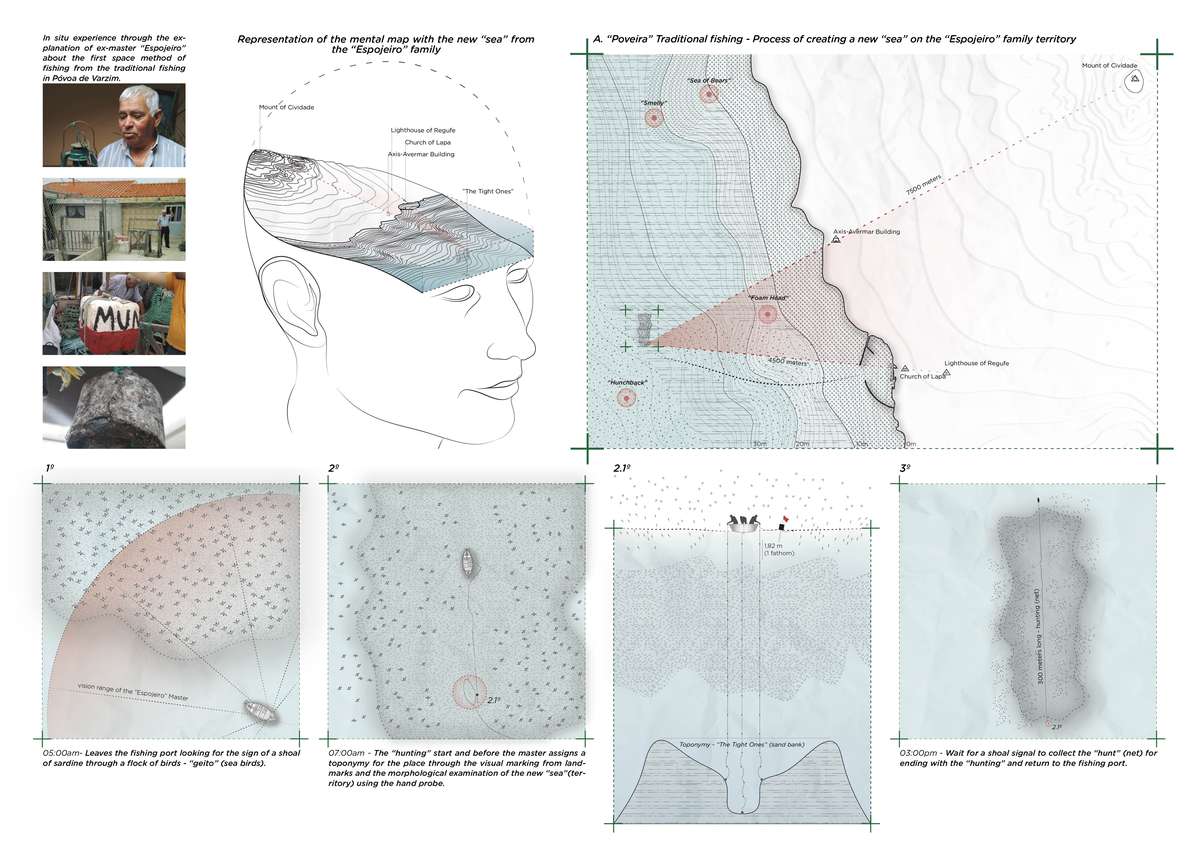
Origin of the "seas" (proto-maritime backyards). The territory of a traditional fishing family from Póvoa de Varzim (poveiros), and the process of creating a "sea" in the memory of an artisanal fisherman.
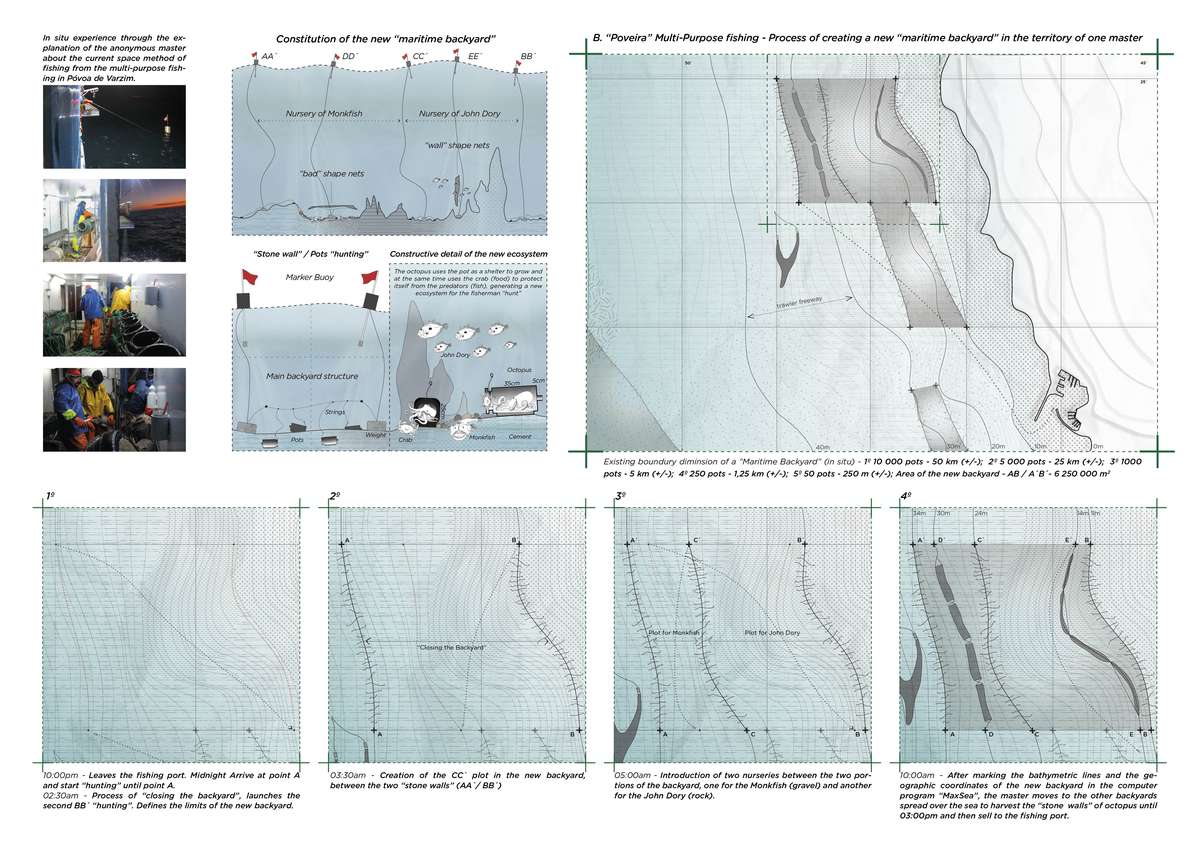
An example of a territory (area) of a "maritime backyards" by a poveiro fisherman through multipurpose (contemporary) fishing and the process of creating a "maritime backyard" and its divisions, hierarchies and constructive details that define the variety of shapes that can take according to the morphology of the territory being explored.
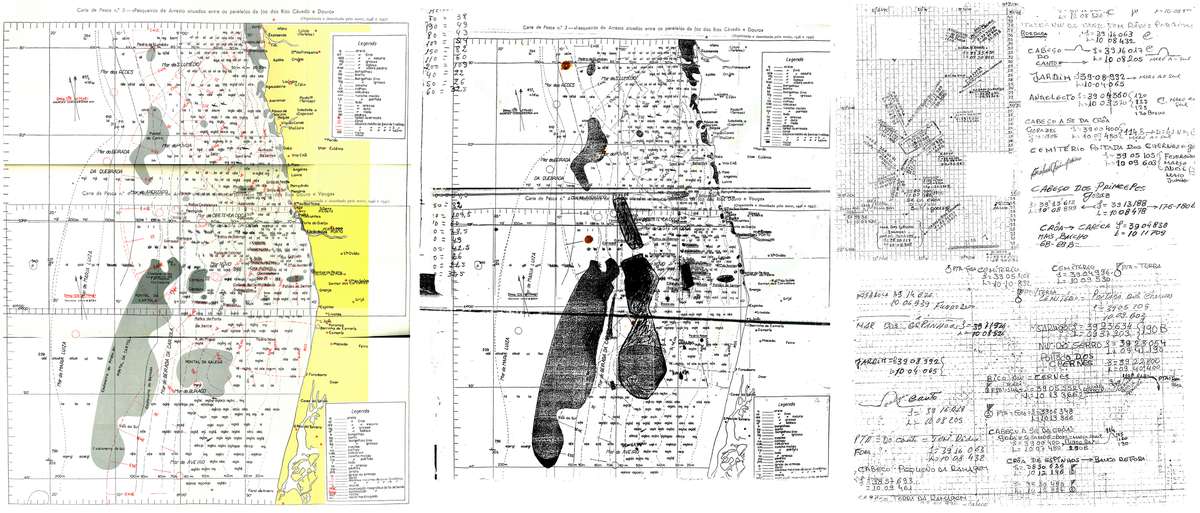
Examples of the various information collected and interpreted in order to produce the drawings and maps generated for the proposed idea. Such as a fishing chart used by an artisanal fisherman that demonstrate some transformations occurred over a few decades in the same exploited territory. And notes of the coordinates and characteristics of some "maritime backyards" by a contemporary fisherman.
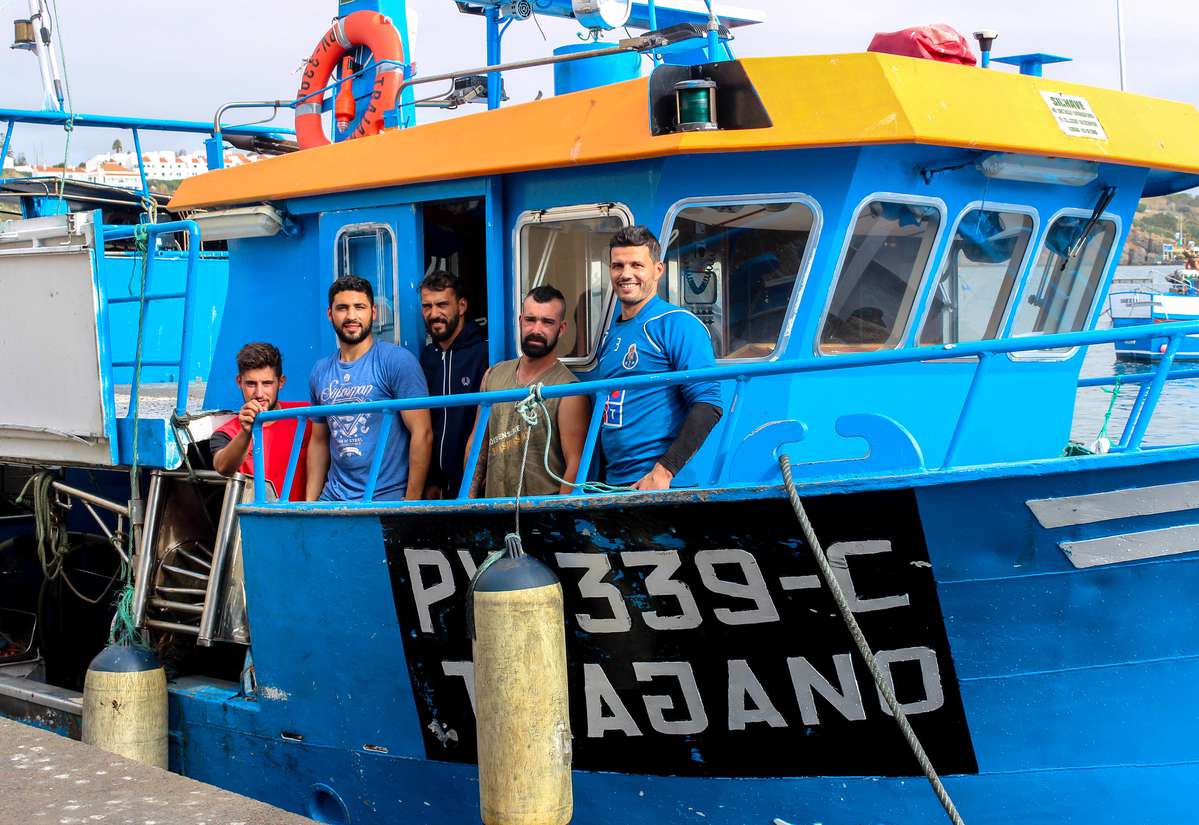
Fieldwork, empirical experience in the life of a contemporary poveiro fisherman for a week in the Atlantic Ocean. Interpretation and learning through the lens of a fisherman in the way of reading the maritime territory and their particularities. (This proposal is based on my master thesis)
The Architects of the "Poveiro Sea"
The Architects of the "Poveiro Sea"

- Site-specific cases
In Portugal, the fishing community of Póvoa de Varzim developed and adapted over several generations the "seas" (proto-maritime backyards), a method for organizing the territory where they fish, becoming genuine architects of the sea. And from the sea until the land, the empirical knowledge of these architects and their particularities (geology, biology, oceanography, or climate) can teach us more about the effects of climate change on the submerged landscapes, producing new cartographies and ideas.
With this proposal, the architecture of the future may have another role and impact of their instruments becoming the basis for understanding, representing and design the countless relationships and transformations that can occur between a socio-economic activity, a territory and all the elements (particularities) that create this and other built environments. Where the sea increasingly becomes the stage (landscape) for almost all the climate changes that occur on our single planet.
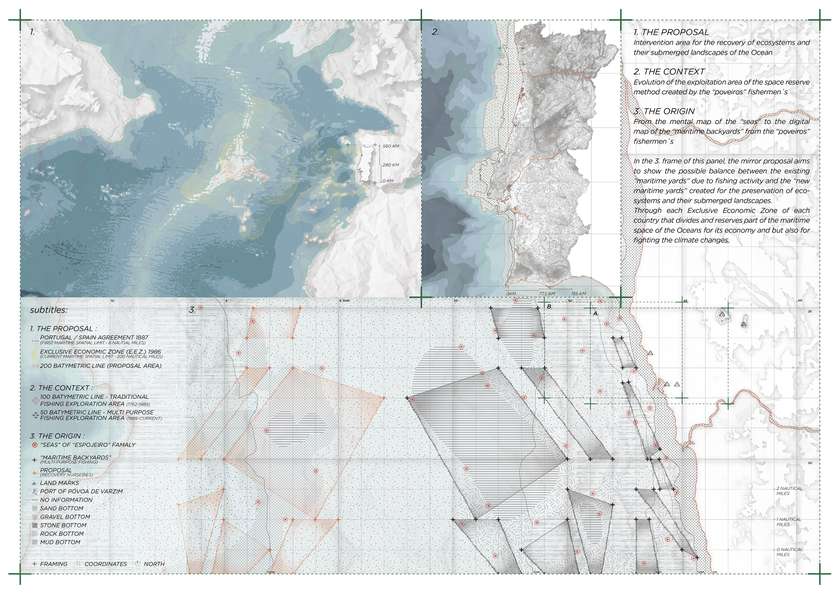
Scales and phases of the proposal to combat the climate change by crossing practical and theoretical information from a set of multidisciplinary sources (geology, biology, oceanography, etc…) and using the architectural design tools as a basis for (re)design the submerged landscapes explored by the fishing activity (in this case).
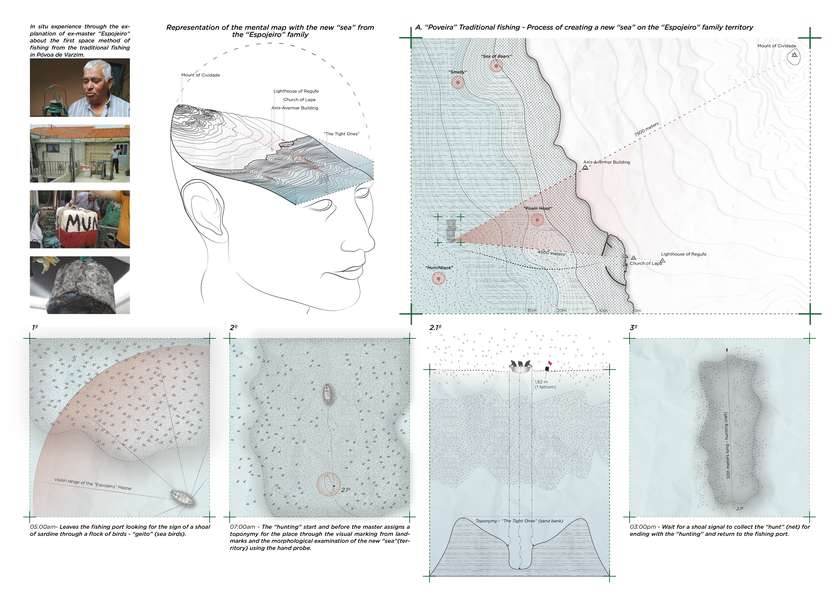
Origin of the "seas" (proto-maritime backyards). The territory of a traditional fishing family from Póvoa de Varzim (poveiros), and the process of creating a "sea" in the memory of an artisanal fisherman.
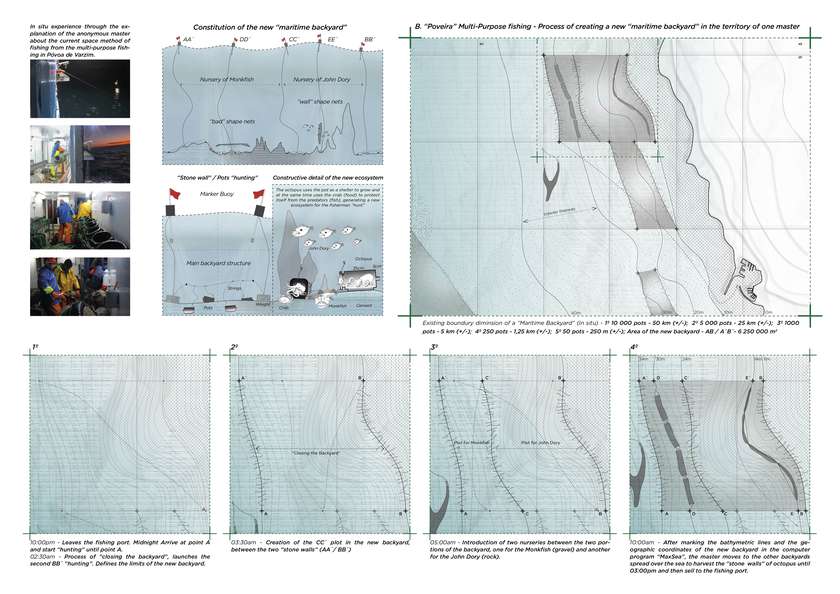
An example of a territory (area) of a "maritime backyards" by a poveiro fisherman through multipurpose (contemporary) fishing and the process of creating a "maritime backyard" and its divisions, hierarchies and constructive details that define the variety of shapes that can take according to the morphology of the territory being explored.
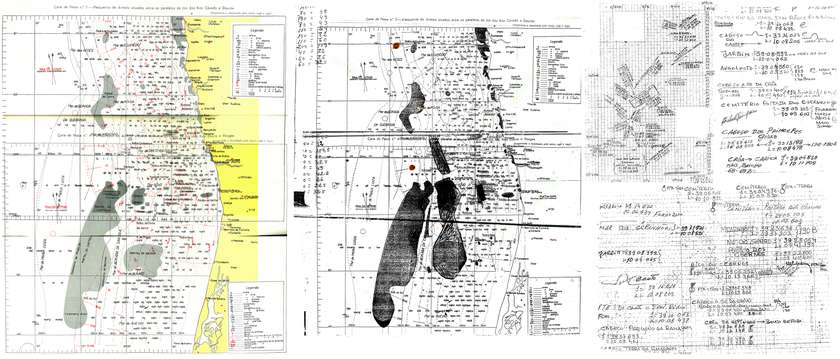
Examples of the various information collected and interpreted in order to produce the drawings and maps generated for the proposed idea. Such as a fishing chart used by an artisanal fisherman that demonstrate some transformations occurred over a few decades in the same exploited territory. And notes of the coordinates and characteristics of some "maritime backyards" by a contemporary fisherman.
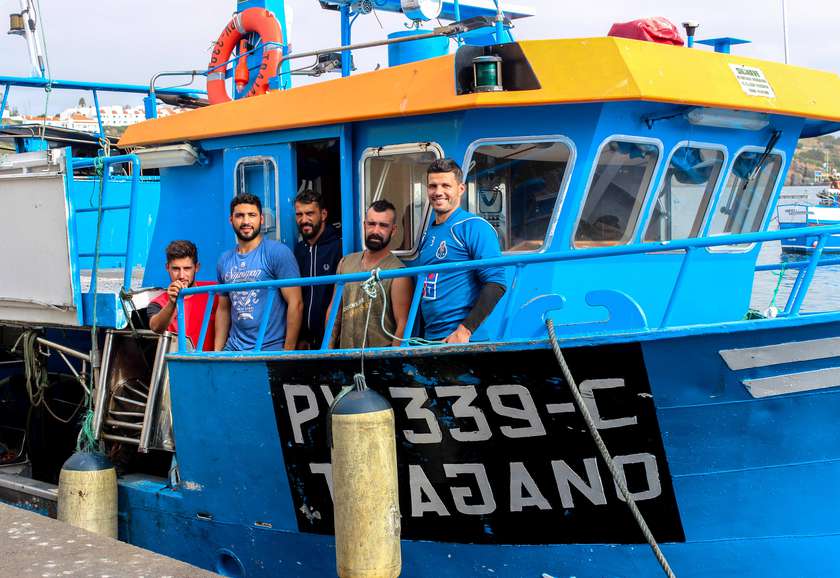
Fieldwork, empirical experience in the life of a contemporary poveiro fisherman for a week in the Atlantic Ocean. Interpretation and learning through the lens of a fisherman in the way of reading the maritime territory and their particularities. (This proposal is based on my master thesis)